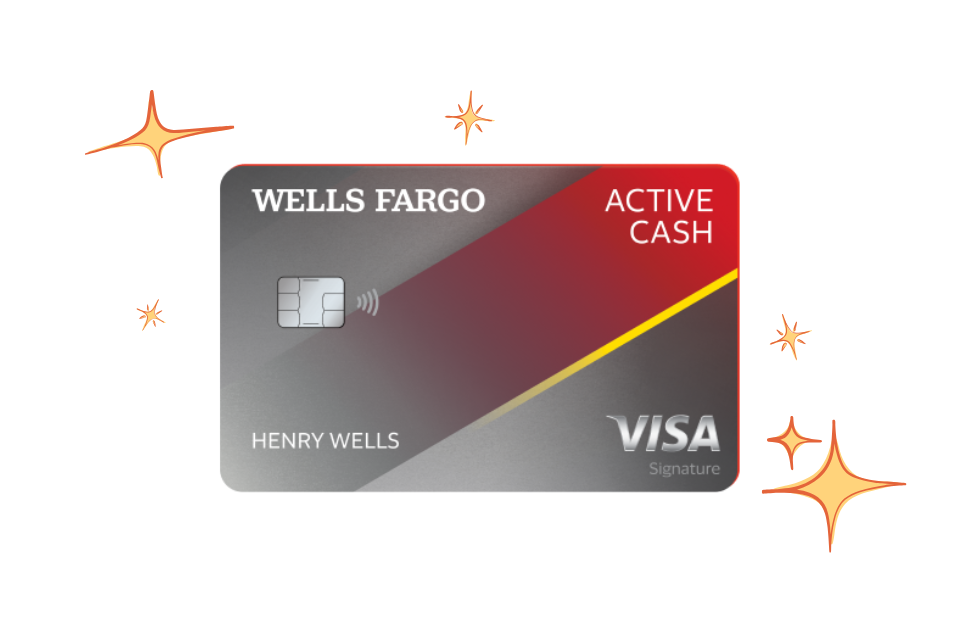Imagine hopping in your car without a destination in mind. You might enjoy the drive for a bit, but you likely won’t end up anywhere specific or important to you. Your finances are kind of the same way. Just earning and spending money without a clear purpose won’t necessarily get you to a place of financial security or fulfillment. That’s where financial goals come in. They are your destinations, your targets, giving direction and meaning to your money management efforts in the United States.
Setting clear financial goals isn’t about dreaming big; it’s about being intentional with your money. It helps you make smarter spending and saving decisions, prioritize where your money goes in your budget, and provides motivation to stay on track. But not all goals are created equal – some are right around the corner, while others are far off in the distance. Breaking down your aspirations into short, medium, and long-term goals makes them much more manageable and achievable.
Why Bother Setting Financial Goals?
Before we dive into the timelines, let’s quickly reinforce why this step is so vital:
- Provides Direction: Goals give your money a purpose beyond just paying bills. They turn saving from an abstract concept into a concrete plan for something specific.
- Aids Decision Making: When faced with a spending choice (“Should I buy this or save?”), your goals provide a framework for making decisions aligned with your priorities.
- Boosts Motivation: Working towards a clear goal, and seeing your progress, is incredibly motivating. It helps you stick to your budget and debt payoff plans.
- Enables Planning: Goals inform your budget and overall financial strategy. You budget for your goals.
- Measures Progress: Goals give you benchmarks to track how well you’re doing over time.
Setting SMART Goals (A Quick Detour)
Regardless of the timeline, effective financial goals are usually SMART:
- Specific: Clearly defined. Instead of “save money,” try “save for a down payment.”
- Measurable: Have a dollar amount attached. “Save $5,000 for a down payment.”
- Achievable: Is it realistic given your income and expenses?
- Relevant: Does it matter to you and fit into your broader financial picture?
- Time-Bound: Set a deadline. “Save $5,000 for a down payment in 18 months.”
Attaching numbers and deadlines turns vague wishes into actionable targets.
Short-Term Financial Goals (The Near Future: 1-3 Years)
These are goals you want to achieve relatively soon. They often provide immediate security and momentum.
- What they might look like:
- Building a starter emergency fund ($500 – $2,000).
- Paying off a specific high-interest debt (like a credit card balance).
- Saving for a vacation or a specific large purchase (e.g., furniture, electronics).
- Saving for holiday gifts or annual expenses (insurance premiums, property taxes) that come up at certain times of the year.
- Saving a down payment for a car.
- Why they’re important: Achieving short-term goals provides quick wins that build confidence and motivation. They create essential financial stability (like an emergency fund) that protects your longer-term plans. They teach you the discipline of setting money aside consistently.
- Where the money comes from: Primarily from your regular income, often by finding areas to cut back in your budget.
Medium-Term Financial Goals (On the Horizon: 3-10 Years)
These goals require more time and likely more significant amounts of money. They represent important life milestones or building blocks for the future.
- What they might look like:
- Building a fully funded emergency fund (3-6 months of essential living expenses).
- Paying off all high-interest consumer debt (credit cards, personal loans).
- Saving a down payment for a home.
- Saving for a significant renovation or home improvement.
- Saving for a child’s future education (early stages).
- Saving for a business startup.
- Why they’re important: These goals often represent major steps towards financial security and achieving significant life aspirations. They require more consistent saving and planning over a longer period.
- Where the money comes from: Regular income, potentially increased income over time, potentially winding down aggressive debt payoff and re-allocating those funds to savings.
Long-Term Financial Goals (The Distant Future: 10+ Years)
These are goals that are far off, often related to retirement and long-term wealth building. They require decades of consistent effort.
- What they might look like:
- Funding your retirement (e.g., contributing to a 401(k), IRA).
- Paying off your mortgage.
- Saving for a child’s college education (later stages).
- Building significant investment portfolios.
- Achieving financial independence (the point where your investments can cover your living expenses).
- Why they’re important: These goals secure your financial future and provide security in your later years. They rely heavily on the power of compounding, making consistent contributions over long periods incredibly impactful.
- Where the money comes from: Consistent contributions from income, returns on investments (though not guaranteed), potential inheritances (not something to rely on!).
Connecting Your Goals to Your Budget
Your budget isn’t just for tracking spending; it’s the engine that drives your goals. Once you’ve defined your SMART goals for each time horizon, integrate them into your monthly budget. Allocate specific amounts of money each month towards your emergency fund, debt payoff (beyond minimums), retirement contributions, and other savings targets. Review your progress towards these goals regularly (monthly or quarterly) to stay motivated and make adjustments as needed.
Setting clear financial goals – breaking them down into achievable short, medium, and long-term targets – is a fundamental step in taking control of your money and building a secure future in the United States. It provides purpose, guides your decisions, fuels your budget, and keeps you motivated on your financial journey. Don’t just let money happen to you; tell your money what to do by setting your sights on meaningful goals.









